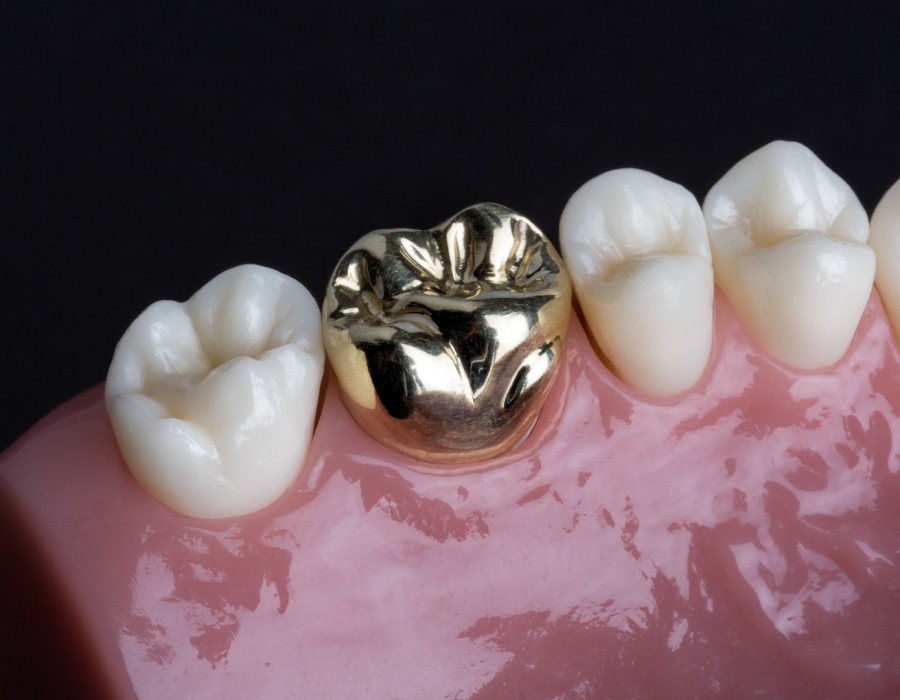If you’ve ever faced tooth loss, damage, or decay, you’ve likely come across the terms dental implants, crowns, and bridges. While all three treatments help restore your smile and dental functionality, they serve different purposes and suit different cases. Understanding which option is best for your unique situation is crucial to maintaining oral health and achieving long-lasting results. Whether you’re dealing with a missing tooth or a severely damaged one, the right restorative option can make a world of difference. For those considering Dental Crown Bridges in Islamabad, consulting with experienced professionals at clinics like SKN Cosmetic Clinic is the first step toward making an informed choice.
Let’s break down the differences and help you decide which option suits your dental needs best.
What Are Dental Crowns?
A dental crown is a cap-like restoration placed over a damaged or decayed tooth to restore its shape, strength, and appearance. Crowns are often recommended when a tooth is too weak to function on its own, but still has a healthy root structure.
✅ Ideal For:
- Teeth with large cavities
- Post-root canal treatment
- Broken or worn-down teeth
- Cosmetic enhancement
✅ Materials:
Crowns come in several materials, including:
- Porcelain (popular for front teeth)
- Zirconia (high durability and aesthetics)
- Metal or Porcelain-fused-to-metal (strong but less aesthetic)
✅ Pros:
- Protects the natural tooth
- Durable and long-lasting (10–15 years or more)
- Improves appearance and function
✅ Cons:
- Requires reshaping the natural tooth
- Not suitable if the tooth is missing
What Are Dental Bridges?
A dental bridge is used to replace one or more missing teeth by anchoring artificial teeth (pontics) between two crowns attached to adjacent natural teeth or implants.
✅ Ideal For:
- Replacing one or more missing teeth in a row
- Patients who are not good candidates for implants
- Budget-conscious individuals
✅ Types:
- Traditional Bridge (anchored to natural teeth)
- Cantilever Bridge (anchored to one tooth)
- Maryland Bridge (uses a framework bonded to the back of teeth)
- Implant-supported Bridge
✅ Pros:
- Quicker and less invasive than implants
- More affordable option for tooth replacement
- Restores chewing and speaking ability
✅ Cons:
- Affects neighboring teeth (requires them to be filed down)
- Less durable than implants
- Bone loss may continue in the area of the missing tooth
What Are Dental Implants?
A dental implant is a titanium post surgically placed into the jawbone to replace a tooth root. Once healed, a crown is attached to mimic the appearance and function of a natural tooth.
✅ Ideal For:
- Completely missing teeth
- Long-term, permanent tooth replacement
- Patients with healthy gums and bone
✅ Pros:
- Most natural-looking and feeling option
- Prevents bone loss
- Doesn’t affect neighboring teeth
- It can last a lifetime with proper care
✅ Cons:
- Higher upfront cost
- Requires surgery and healing time (3–6 months)
- Not suitable for everyone (bone density and health conditions matter)
Dental Crowns vs Bridges vs Implants – Quick Comparison Table
FeatureDental CrownDental BridgeDental Implant damaged tooth, replaces one/multiple teeth, replaces missing tooth rootDurability10–15 years5–15 years15+ years (often lifetime)InvasivenessModerateModerateHigh (surgical procedure). CostModerateModerateHighImpact on Neighbor TeethNoneRequires reshaping neighbor teethNoneBone Preservation Required–2 visits–3 visits–6 months (with healing)
How to Decide Which Is Right for You?
Choosing between these options depends on several factors:
1. Condition of Your Natural Teeth
If your tooth is severely decayed but still present, a crown might be the best option. However, if it's already missing, you’ll have to consider bridges or implants.
2. Budget and Affordability
While implants offer superior durability and aesthetics, they are more expensive initially. Bridges are a more affordable alternative but may require maintenance sooner.
3. Bone Health
If you’ve been missing a tooth for a long time, your jawbone may have deteriorated. Implants require sufficient bone density, and in some cases, bone grafting might be needed.
4. Aesthetics
All three options improve the appearance of your smile, but implants provide the most natural look and feel. Crowns also offer excellent aesthetics for damaged front teeth.
5. Time Commitment
If you're looking for a quick fix, crowns and bridges can be done in a few appointments. Implants require several months due to healing and integration.
When Should You Consult a Dentist?
If you’re still unsure, it’s always wise to consult a qualified dental professional. They’ll evaluate:
- Your overall oral health
- Condition of adjacent teeth
- Gum and bone health
- Long-term goals and expectations
- Budget and insurance options
Why It’s Important to Act Promptly
Ignoring tooth loss or damaged teeth can lead to:
- Shifting of surrounding teeth
- Bite problems
- Speech issues
- Jawbone deterioration
- Gum infections and sensitivity
The sooner you restore function and aesthetics, the better your oral health outcomes will be.
Final Thoughts
Choosing the right solution between implants, crowns, and bridges isn’t a one-size-fits-all decision. It depends on your dental condition, goals, and budget. While implants are ideal for permanent replacement, crowns work well to protect damaged teeth, and bridges are effective for closing small gaps affordably.
If you’re considering getting Dental Crown Bridges in Islamabad, expert care and professional advice are just a consultation away. The team at SKN Cosmetic Clinic offers state-of-the-art treatments tailored to your needs—whether you need a crown, bridge, or even an implant.





Comments